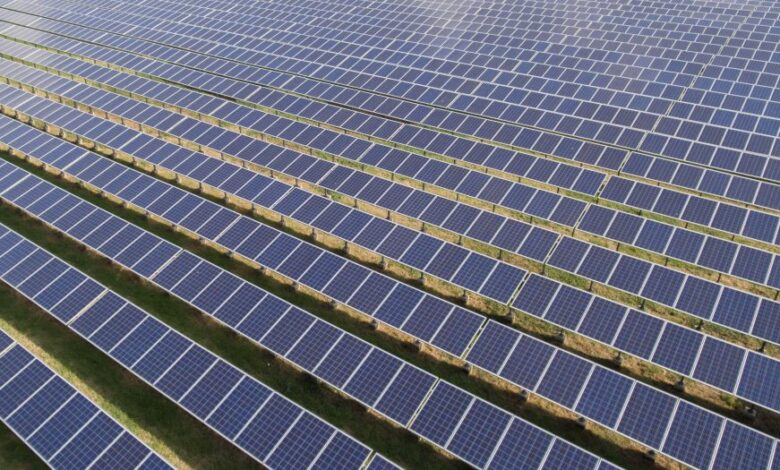British International Investment Joins Standard Bank And H1 Holdings To Back Scatec’s South Africa Renewable Energy Technology Project

BBritish International Investment Joins Standard Bank And H1 Holdings To Back Scatec’s South Africa Renewable Energy Technology Project. British International Investment (BII), the UK’s development finance institution (DFI) and impact investor, has partnered with Standard Bank and H1 Holdings to successfully reach financial close on the first sizable battery energy storage and photovoltaic (PV) solar project in South Africa. The partners are investing to back three unique Kenhardt projects, powered entirely by renewable sources. The c. $1 billion project will be Africa’s largest and South Africa’s first baseload renewable energy project.

The total $720 million senior debt facility is arranged by Standard Bank, in cooperation with BII. In its role as Lead Bank, BII has provided a $135 million senior debt investment along with an additional $26 million mezzanine financing to H1 Holdings – a South African Broad-based Black Economic Empowerment (BBBEE) renewables investment and development company and an investor in the project. H1 Holdings is a partner of choice for BII, owing to the company’s expertise on several renewable power projects and its deep commitment to energy sustainability.
Standard Bank has acted as the Mandated Lead Arranger and underwriter to provide debt funding towards the project and has additionally arranged the ancillary facilities totalling c. $207 million. In addition to being a green loan, Standard Bank acted as the sole derivative and hedge provider, and executed one of the first ESG-linked derivatives on the continent, thereby leading the South African market in sustainable linked derivatives.
The project will be developed by Scatec ASA, a leading renewable energy solutions provider, under South Africa’s Risk Mitigation Independent Power Producer Procurement Programme (RMIPPPP) and it is the first project to reach financial close under the programme. Once constructed, it will provide a total solar power capacity of 540 MW and battery storage capacity of 1.1 GWh of battery energy storage. The added capacity from the project will contribute to meeting South Africa’s energy demand by adding clean power to the country’s grid. Construction of the project will now commence in the Northern Cape Province of South Africa following the financial close this week.
The funding comes at an especially critical period when South Africans are experiencing a winter with prolonged and crippling power cuts. The project, which is at the forefront of utility-size renewable energy technology, has an innovative design that will ensure reliable delivery of clean energy when demand requires it, even at sundown. The additional clean power delivery to the grid will contribute toward solving the country’s energy challenges, and bolster South Africa’s ambitions to diversify and decarbonise the country’s power system by displacing thermal power generation.
The funding comes at an especially critical period when South Africans are experiencing a winter with prolonged and crippling power cuts. The project, which is at the forefront of utility-size renewable energy technology, has an innovative design that will ensure reliable delivery of clean energy when demand requires it, even at sundown. The additional clean power delivery to the grid will contribute toward solving the country’s energy challenges, and bolster South Africa’s ambitions to diversify and decarbonise the country’s power system by displacing thermal power generation.
“Standard Bank is honoured to be playing a leading role in delivering power to the grid by facilitating the first dispatchable and base load renewable energy project in South Africa, and supporting South Africa’s drive to energy security,” says Rentia van Tonder, Head of Power at Standard Bank. “This is not only about ensuring a reliable supply of power to citizens and a growing economy, but also in ensuring that we meet our obligations as a nation to reduce carbon emissions by bringing more clean energy onto the grid.”



